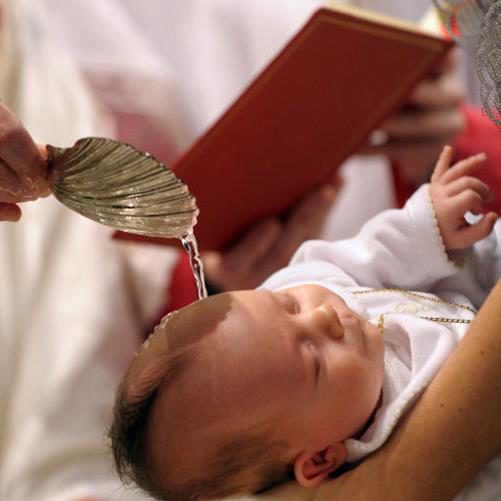Holy Baptism

Holy Baptism is initiation by water and the Holy Spirit into the Body of Christ. The Church baptizes new members in obedience to Christ’s command to his disciples, and in order to maintain a vital link with Jesus, who was baptized by John the Baptist in the Jordan River (noted in the four gospels: Matthew 3:13-17; Mark 1:9-11; Luke 3:21-23, John 1:29-33).
In baptism, God establishes an indissoluble bond with each person baptized; and through baptism, all Christians (no matter their denomination, or the generation during which they have lived) are made one. This sacred unity is underscored in the opening words of The Episcopal Church’s baptismal rite:
There is one Body and one Spirit;
There is one hope in God’s call to us;
One Lord, one Faith, one Baptism;
One God and Father of all. (Ephesians 4:4)
In the early Church, adult catechumens prepared for baptism for three years, and were baptized early on Easter morning. Men and women were immersed in water on different sides of a lake, and after baptism, each person was dressed in a robe. In the Episcopal Church, the time of preparation for baptism is about three months. During the baptism, each person (infant, child or adult) is sponsored by one or more baptized persons. Sponsors speak on behalf of infants or younger children, and older children and adults speak on their own behalf. Members of the congregation also renew their baptismal covenant, and promise to support those being baptized in their spiritual lives. Baptism is the foundation for all future participation and ministry in the Church.
Baptisms can take place during congregational worship, or in homes or other venues (including outdoors). Days especially appropriate for baptism are Easter, the Day of Pentecost, All Saint’s Day and the Celebration of Jesus’ Baptism. In emergencies (when death is imminent), any baptized member of the church can perform baptism.
